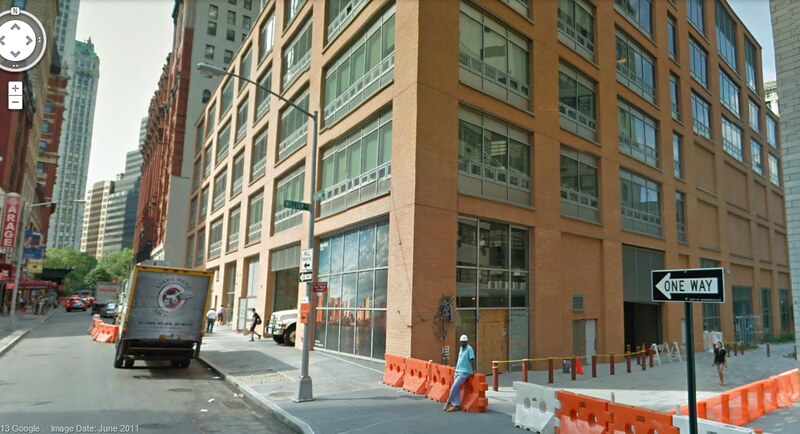ProjectEnd
Superstar
The condo boom in Toronto, for all its advantages, has and continues to push many lower-income people out of the city's core. It's increasingly unaffordable.
The idea that the creation of even more condominium units will bring rents down in any dramatic way, is a fairytale story that we tell ourselves so that we can feel better about the inequalities that exist in our cities. Without a provision for more affordable units, enforced by the city or other levels of government, the "free market" is going to continue to divide our city. Condos are great, but we need to keep some sort of balance in this city; the market will not create balance nor will it serve everyone. I do believe that without government involvement and regulation, a lot of people get stepped all over and forced out. This is happening in Toronto, as it has in American and various international cities, and it's well-documented.
I do, however, agree with another forumer above, that the construction of affordable housing options in mid-rise neighbourhoods on the fringes of downtown (i.e. West Don Lands) is a very encouraging sign, even if it's only a drop in the low-cost-housing bucket.
You're welcome to make snide remarks towards me, but I speak about these things from a place of genuine concern, from my knowledge of some of these issues and of the industry, and from the standpoint that I think they are worthy things to discuss.
Anyways, this is getting "off-topic" now and delving into other matters. I still think a truly world-class development would be one that takes sustainability into account. TCHC and Teeple can create LEED projects, so Mirvish and Gehry can do at least that too.
I am not against the high-rise building form. But density =/= sustainability, contrary to popular belief.
You can build towers or high-density neighbourhoods that are sustainable, and you can build them in such a way that they are environmentally short-sighted. In Toronto, we err towards the latter.
SP!RE out. Time to do some more Envelope Systems studying, then crumple up some paper into weird shapes... Architecture!
Funny, at the latest Daniels Fora, "Sustainability and its Discontents" last Thursday, Vishaan Chakrabarti argued precisely that point - that density (when married to transit and a host of other things) is perhaps the most inherently sustainable thing there is. Even if the individual towers constructed aren't as 'sustainable' as we might like them to be, the simple act of putting people together so that they can pool resources and share amenities, all while walking or taking transit, is the most 'sustainable' thing we as humans can do.
So inspired was I, I picked up his book, A Country of Cities, at the talk and devoured it over the weekend. It is certainly highly recommended reading for anyone on either side of this 'debate.'
